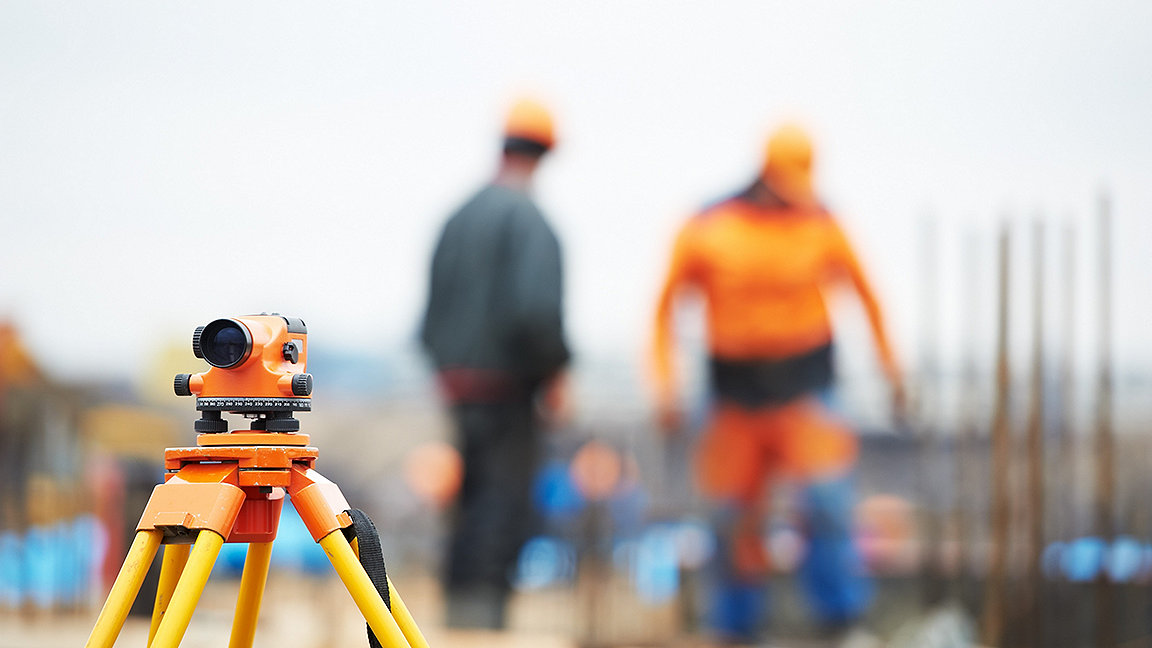
There are many opinions about how the UK's ageing building stock can be retrofitted to achieve net-zero carbon targets in a sustainable, socially considerate and financially appropriate way.
However, there is only one way to prove the quality of retrofits and encourage further investment – the measurement of building performance before and after work is carried out.
Traditionally, building surveying techniques rely on visual inspections and the professional's experience to make assumptions about thermal performance.
However, assumptions alone cannot tell you about the building's U-values, thermal bridging, or airtightness.
Furthermore, visual inspections fall short of being reliable assessments of which buildings are most in need of improvement; neither do they provide complete assurance that retrofit work has been completed to a good standard.
Without accurate measurement to verify them, the effectiveness of retrofit projects cannot be known.
Fortunately, the industry is starting to move towards decision-making backed by data and measurement.
There is a greater emphasis on upfront measurement to understand specific buildings before any work is performed, to enable more informed decisions.
Effective measurement will ensure retrofit projects are properly specified and heating systems are correctly sized, proving that objectives have been met.
Regulations are playing a big part in this shift. For instance, PAS 2035 is one technical standard that encourages measurement to help foster customer trust in the UK retrofit market.
Building on the PAS 2030 retrofit installation standards, PAS 2035 focuses on the assessment, design, and handover of projects.
It is essentially a recognition of the fact that no two houses are the same, so objective assessment and measurement of each, both before and after work, is key to ensuring quality outcomes for residents.
A new range of emerging thermal performance measurement technologies are also helping housing associations, housebuilders and retrofit coordinators to meet standards such as PAS 2035.
These technologies present significant opportunities for surveyors as well.
Even when traditional methods have gone beyond visual inspections, they have relied on destructive testing – for example, drilling into wall cavities to see what is behind them.
However, technology can measure performance without a negative impact on occupiers or the property.
One example is SmartHTC, a device that analyses internal temperatures and energy consumption over a three-week period to provide a measure of the building's thermal performance.
It is a simple process, with data gathered either by small sensors installed in the property or by existing technology such as smart meters, while occupants continue to use the property as normal.
Any data collected, therefore, reflects actual rather than predicted consumption.
U-value measurements and heat flow can be quickly tested by surveyors using a mobile phone and a portable thermal camera.
Internal temperature is monitored during October to March in the UK, to provide enough temperature difference between internal and external conditions. During this time frame, measurements are taken to assess how heat escapes from the building.
These can be taken in a single visit and the hardware required can be carried in a single case, saving time and effort for surveyors.
Air leakage testing can also be carried out with residents still using the property normally. For example, Pulse is a portable, compressed air-based system that can be used to measure the air leakage of a building or enclosure at normal pressure levels of 4Pa.
This is a self-contained device that can be set up, used to test, and packed down with minimal disruption to building users.
The unit can be used to test the whole building envelope or enclosure by placement into the centre of a building or test individual rooms.
Measurement does not have to stop there. Tests using thermal performance systems can assess peak heat demand to more accurately size heating systems and optimise flow temperatures.
Conclusions and recommendations based on accurate measurement are especially important when considering air source or ground source heat pumps, as the efficiency of these systems is heavily influenced by how well their size matches the heating and hot water loads of the properties where they are fitted.
Otherwise, when using visual predictions or assumptions, there is often an inadvertent tendency to oversize systems, which can be costly, invasive, and detrimental to long-term operational efficiency.
Measuring current building performance can provide data to inform retrofit options.
No matter how visually similar they may seem, buildings very rarely perform as we might expect. Basing retrofit decisions on energy performance certificate (EPC) ratings and visual inspections alone can, therefore, be misleading.
A home might be more thermally efficient than expected, for example, so rather than investing in further insulation it may be more appropriate to install an alternative heating system or renewable energy option such as solar panels.
This can be especially pertinent when assessing older traditional buildings or more complex properties where there can be a raft of other factors to consider, such as heritage conservation, planning restrictions or complex architectural details.
'No matter how visually similar they may seem, buildings very rarely perform as we might expect'
The revised Minimum Energy Efficiency Standards (MEES), introduced on 1 April 2023, made it unlawful for landlords with existing commercial leases to continue to let commercial property with an EPC rating of F or G.
As a result, landlords are more aware of such ratings than ever before.
Research by CarbonLaces found that EPCs overestimate energy use by up to 344%. The adoption of accurate measurement can be used to help justify true performance by reporting assessors during quality checking or retrofit assessment stages.
The adoption of accurate measurement can be used to help justify true performance by reporting assessors during quality checking or retrofit assessment stages.
It can then feed back into the EPC rating by providing provable data to help demonstrate that MEES EPC standards for landlords are being met.
This approach allows landlords to target investment in properties and ultimately reduce worry and costs.
Measurement tools can also help surveyors offer compliance-orientated services to customers. Whether trying to meet new requirements such as airtightness testing for new builds or proving adherence to PAS 2035, data is the key.
Measurement data has applications in the financial sector too, beyond those for residents, landlords and homeowners, because investors also need to see the financial returns and quantified energy or carbon dioxide savings on retrofit investments as they move to decarbonise their assets.
There is also evidence that favourable mortgage rates are being offered when buildings are more energy-efficient.
Mortgage advances can be provided to allow for low-energy retrofits as well, which can have positive financial impacts for homeowners.
Ultimately, accurately measured data allows clients to assess the impact of retrofit investments independently, and prove they have fulfilled the intended outcomes.
Without it, we are likely to see unnecessary spending and wasted time as we try to adapt our properties for the future and meet net-zero ambitions.
Luke Smith is managing director of Build Test Solutions
Contact Luke: Email
Related competencies include: Construction technology and environment services, Inspection, Measurement, Sustainability
With the built environment estimated to be responsible for around 40% of global carbon emissions, RICS is championing sustainable practices across the built and natural environment. We are also empowering professionals to embed sustainability considerations into the way they work and better measure environmental impacts.

BUILT ENVIRONMENT JOURNAL
David Greenwood and Arpan Gupta 23 April 2024
BUILT ENVIRONMENT JOURNAL
Neil Hope-Collins 16 April 2024
PROPERTY JOURNAL
Zhana Lennox MRICS 12 April 2024